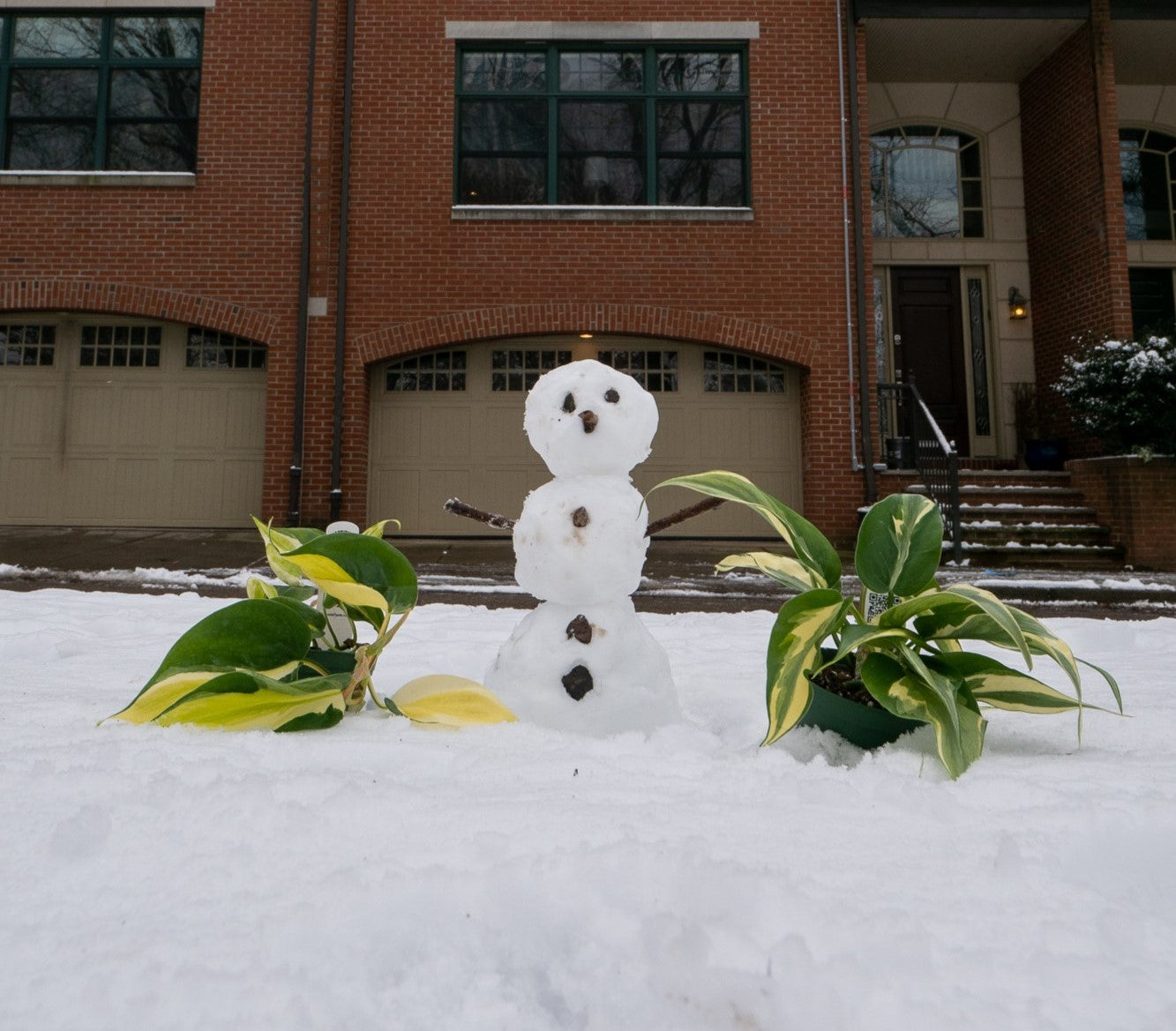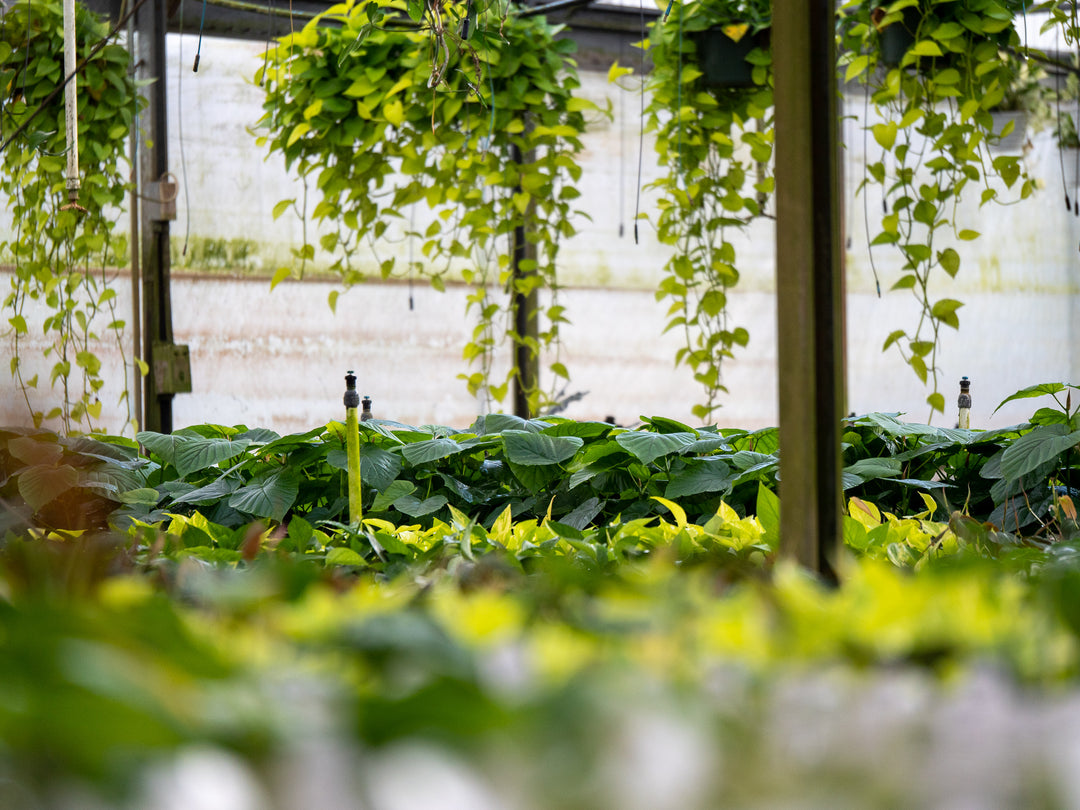In the realm of horticulture, the process of overwintering tropical plants indoors is both an art and a science. For those who cherish the lush, vibrant foliage of tropical plants, mastering this skill can be incredibly rewarding. In this comprehensive guide, we will delve into the intricate details of overwintering tropicals, sharing expert insights and practical tips to ensure your cherished plants not only survive but thrive during the colder months.
Understanding the Importance of Overwintering
Overwintering, simply put, is the practice of safeguarding tropical plants from the harsh winter conditions by bringing them indoors. It is a crucial step to prevent cold-induced stress and potential damage, ensuring your plants continue to flourish.
Preparing Your Plants
Before the chilly winds of winter arrive, it's crucial to prepare your tropicals for their indoor stay:
Pruning and Maintenance
- Trim away any dead or diseased leaves to encourage healthy growth.
- Repot if necessary, providing fresh soil and adequate drainage.
- Inspect for pests and treat as needed to prevent infestations indoors.
The Ideal Indoor Environment
Creating a conducive environment indoors is vital for the well-being of your tropicals. Here's how to do it right:
Light Requirements
- Place your plants near bright, indirect sunlight to mimic their outdoor conditions.
- Consider supplemental grow lights for species with high light requirements.
Temperature and Humidity
- Maintain a consistent temperature range of 65-75°F (18-24°C) for most tropicals.
- Use a humidifier or humidity tray to ensure the right moisture levels.
Watering Wisely
Overwatering is a common mistake during the winter months. Follow these guidelines to keep your tropicals hydrated without drowning them:
- Water sparingly but thoroughly, allowing the top inch of soil to dry out between waterings.
- Use a well-draining pot and saucer to prevent root rot.
Maintaining Healthy Tropicals
Now that your tropicals are comfortably settled indoors, it's essential to monitor and care for them diligently.
Fertilization
- Reduce fertilizer frequency during the winter, as plants are not actively growing.
- Use a balanced, water-soluble fertilizer at half-strength every 6-8 weeks.
Pest Control
- Regularly inspect your plants for signs of pests like aphids, mealybugs, or spider mites.
- Isolate and treat affected plants promptly to prevent infestations.
Pruning and Shaping
- Continue to prune as needed to maintain shape and encourage healthy growth.
- Watch for leggy growth and adjust light exposure accordingly.
The Transition Back Outdoors
As winter fades into spring, it's time to prepare your tropicals for their return to the great outdoors.
Gradual Acclimatization
- Slowly reintroduce your plants to outdoor conditions to prevent shock.
- Start with a few hours of indirect sunlight and increase gradually.
Repotting and Refreshing
- Consider repotting and refreshing the soil in the spring to promote vigorous growth.
- Prune away any winter damage to encourage new growth.
Conclusion
Mastering the art of overwintering tropicals indoors is a rewarding journey that ensures your cherished plants not only survive but flourish year after year. With proper care, attention to detail, and a touch of horticultural finesse, you can create a thriving indoor tropical oasis that rivals even the most vibrant outdoor gardens. So, roll up your sleeves and embark on this fulfilling journey of overwintering success!





